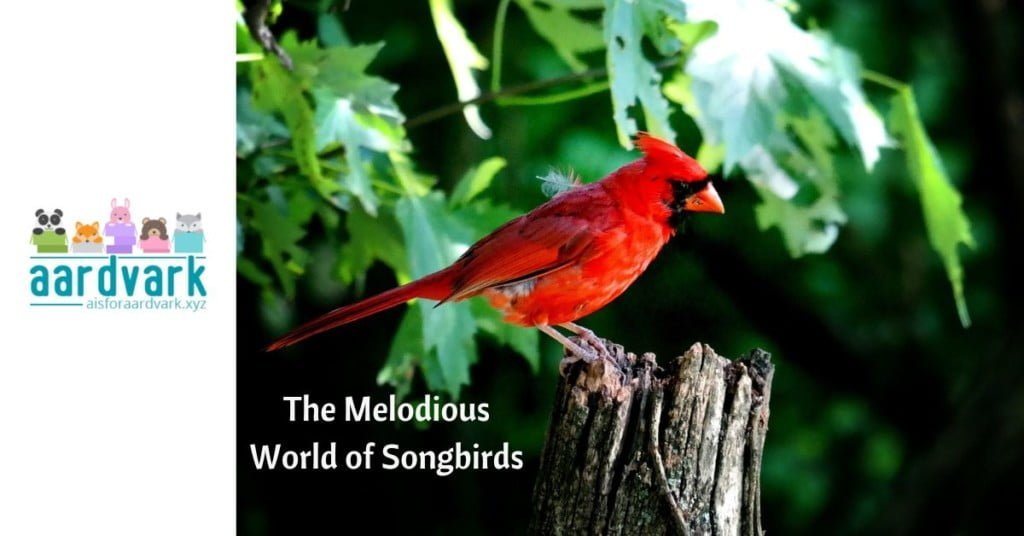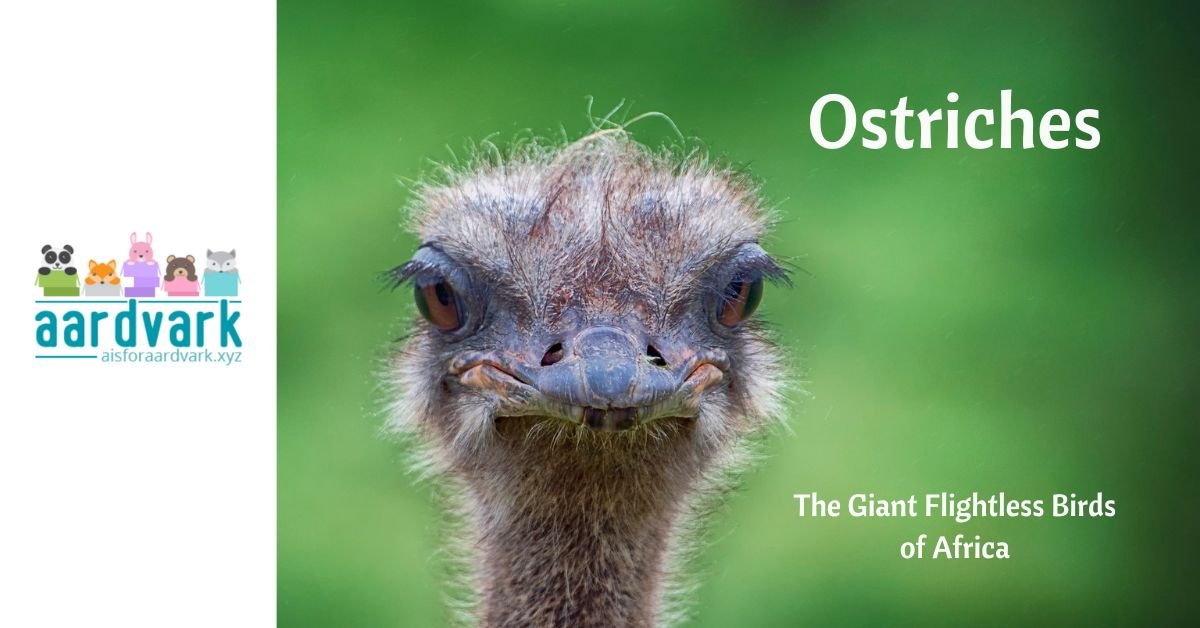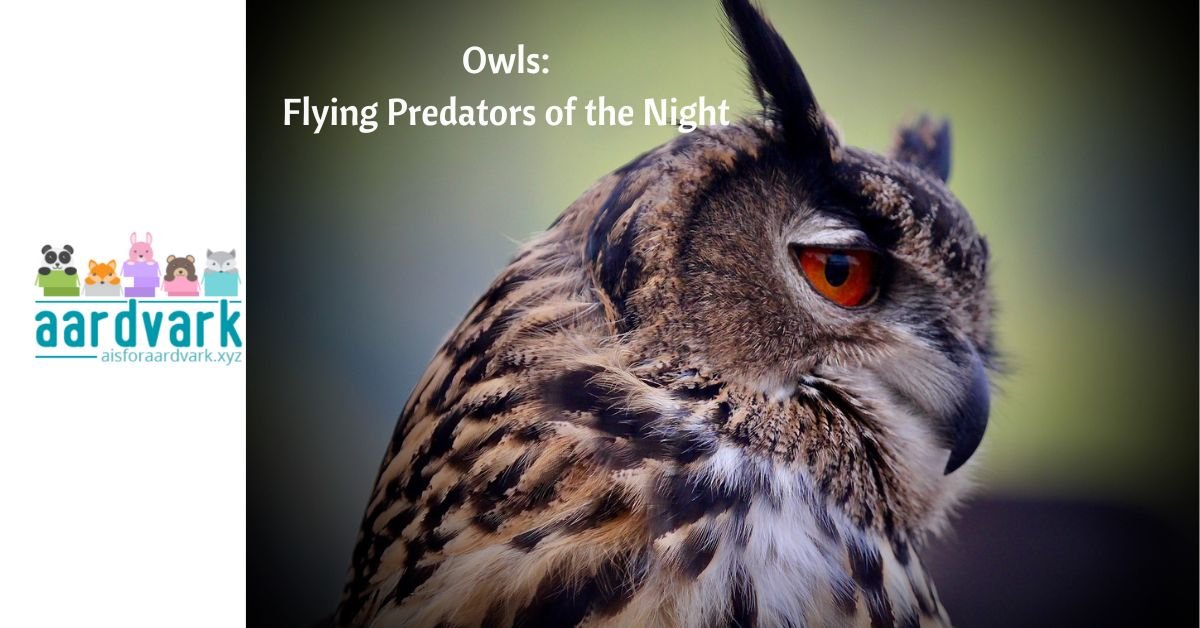Let’s step into the mesmerizing world of songbirds, where the air is filled with melodies and the landscape is adorned with a vibrant palette of colors. We’ll unravel the physical marvels of these avian virtuosos, delving into their physical characters, the intricate bone and feather structures that allow them to navigate the skies, and what allows them to sing so beautifully.
An Immense Variety of Species
Across the world, there are between 4000 and 5000 species of songbirds. They belong to the suborder passeri, part of the order of perching birds. What makes them stand out is a unique vocal organ, the syrinx.
Within North America alone, there are over 2000 species. From the iconic American Robin, with its cheerful warbles, to the vibrant Northern Cardinal, North American songbirds add their unique melodies to the symphony of the continent. The Black-capped Chickadee, with its spirited notes, and the Wood Duck, a marvel of colors, are a pair of other feathered friends that highlight the diversity of this branch of the tree of life.
Physical Characteristics of Songbirds
Songbirds showcase an extraordinary range of physical traits that contribute to their beauty. Their sizes vary widely, from the diminutive warblers measuring 3 to 5 inches to the larger thrushes and starlings that can reach lengths of over 12 inches. This diversity reflects their adaptations to different ecological niches and habitats, allowing them to thrive in a multitude of environments.
The color palette of songbirds is equally stunning. From the muted earth tones of the American Robin’s plumage, providing effective camouflage, to the striking red hues of the Northern Cardinal, colors serve a variety of purposes in the avian world. These hues play crucial roles in mate attraction, camouflage, and species recognition, creating a visual symphony in nature.
The Syrinx: That Unique Singing Feature
Their physical beauty aside, the most notable feature of songbirds is something we don’t see on the outside: the syrinx. This is a specialized vocal organ. Humans have a larynx – sometimes known as the voice box. But birds have a different structure.
This intricate piece of their anatomy allows songbirds to produce a diverse range of sounds, from the melodious trills of warblers to the haunting songs of thrushes.
Bone and Feather Structure for Flight
The ability of birds to navigate the skies arises from their lightweight and efficient anatomical structures. This is true for all birds, not only songbirds. Even flightless birds like the ostrich and penguin exhibit most of these characteristics.
Hollow bones contribute to reduced body weight, enhancing the energy efficiency of flight. The sternum, featuring a keel for the attachment of flight muscles, underscores the importance of this bone in powering the flapping motion essential for flight.
Feather structure is another key component of their flight adaptation. Specialized flight feathers, including primary and secondary feathers, are designed for lift and maneuverability. The intricate arrangement of barbs and barbules creates a smooth, aerodynamic surface, and the interlocking structure contributes to strength and durability.
The contour feathers covering the body provide insulation and streamline the bird’s shape, optimizing aerodynamics. Coverts, smaller feathers that overlay the bases of flight feathers, help reduce air turbulence during flight.
Wing shape, ranging from short and pointed to long and broad, reflects ecological niches and foraging behaviors, showcasing the adaptability of songbirds in the air.
Songbird Lifespan
The lifespan of songbirds varies among species, with smaller birds generally having shorter life expectancies than their larger counterparts. On average, songbirds can live anywhere from 2 to 15 years, depending on factors such as size, habitat, and predation risks.
Social Life and Behaviors
Social bonds play a pivotal role in the lives of songbirds. These creatures often form intricate societies, engaging in communal activities such as foraging and raising their young. The creation of nests, most often concealed in the foliage of trees or nestled in shrubs, is a witness to their social structures and familial ties.
During the breeding season, songbirds engage in courtship rituals that involve both vocal and visual displays. The male’s melodic serenades and vibrant displays of plumage serve as invitations to potential mates, showcasing the importance of song in the intricate dance of courtship.
Breeding and Mating Rituals
The breeding and mating rituals of songbirds are a marvel of nature. Courtship involves intricate displays, with males showcasing both their vocal abilities and vibrant plumage to attract mates. Once a pair forms, they collaborate in building a nest, carefully preparing for the arrival of their offspring.
Eggs vary in color and size among different species and are carefully incubated by the female. The hatching of chicks marks the beginning of a harmonious family unit, where both parents actively participate in nurturing and protecting their young.
Cultural Significance and Pop Culture
Songbirds have woven themselves into the fabric of human culture and imagination. Their melodic tunes have inspired poets, musicians, and artists throughout history. In literature, the nightingale, a renowned songbird, has symbolized love and beauty in various works.
In pop culture, the Canary, with its sweet and melodious songs, has become a symbol of joy and optimism. Of course, Tweety Bird jumps out as a mischievous example of optimism, always confident that he’ll evade Sylvester the Cat!
From classic literature to contemporary music, songbirds continue to be celebrated as muses and metaphors, echoing the timeless connection between humanity and these feathered minstrels.
As we observe the marvelous world of songbirds, we discover not only the physical wonders and social intricacies of these feathered singers but also their profound cultural significance. From the vibrant backdrops of forests and fields to the pages of literature and the stages of pop culture, songbirds continue to enchant and inspire, reminding us of the enduring harmony between nature and the human spirit.







